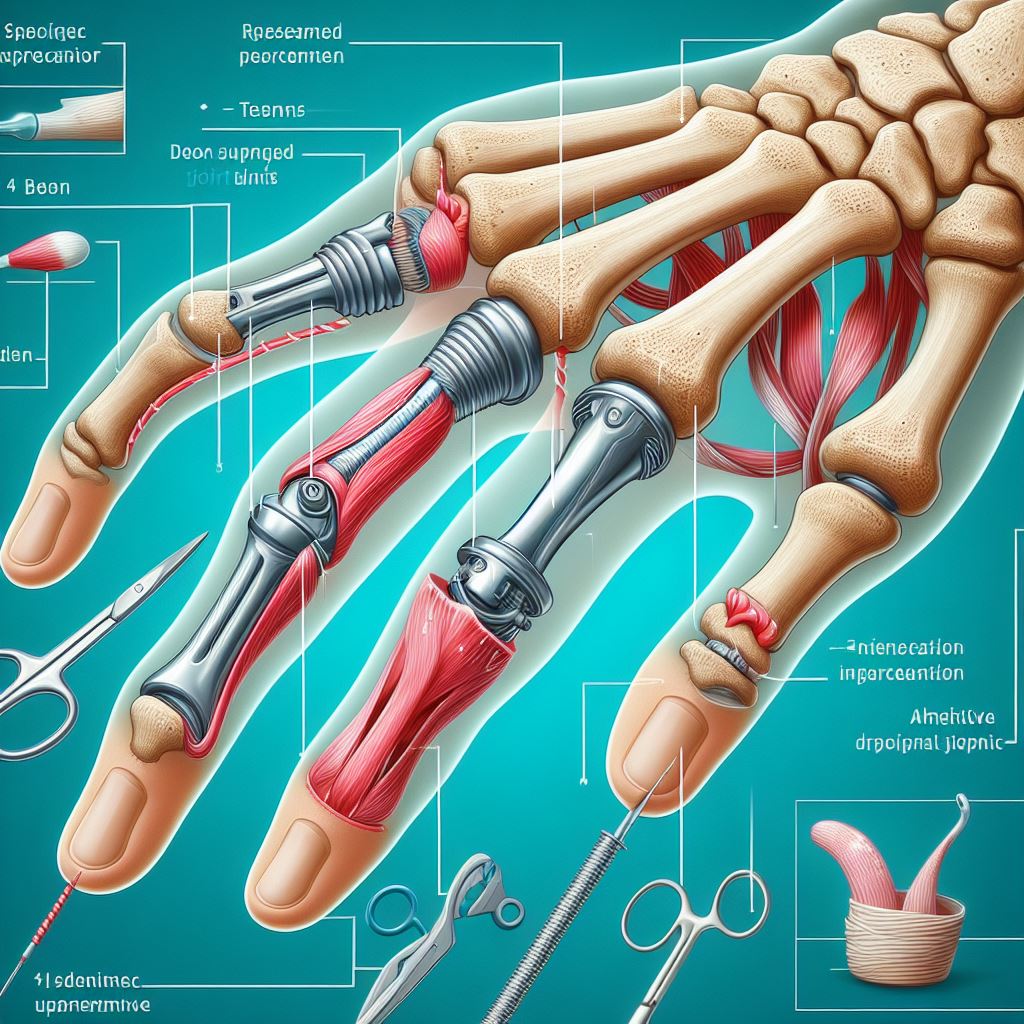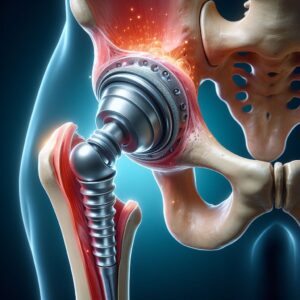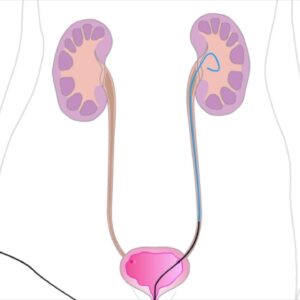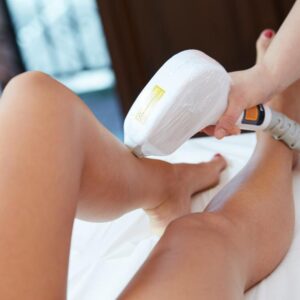Description
Familiarity with Treatment:
Finger Joint Replacement, also known as Finger Arthroplasty, is a surgical procedure aimed at relieving pain and restoring function in a finger joint that has been damaged by arthritis or other conditions. During the procedure, the damaged joint surfaces are removed and replaced with artificial components made of metal, ceramic, or plastic. This helps to reduce pain, improve mobility, and enhance the overall function of the finger joint.
Procedure:
- Preparation: The patient is administered anesthesia to ensure they are comfortable and pain-free during the procedure.
- Incision: A small incision is made over the affected finger joint to expose the damaged joint surfaces.
- Joint Removal: The damaged joint surfaces, including any bone spurs or deformities, are carefully removed.
- Implant Placement: Artificial joint components, which may include metal, ceramic, or plastic materials, are then inserted to replace the removed joint surfaces.
- Closure: The incision is closed with sutures or staples, and a sterile dressing is applied.
Who Is It Suitable For?
Finger Joint Replacement is typically suitable for individuals who have severe arthritis or other conditions affecting the finger joint that have not responded to conservative treatments such as medication, splinting, or physical therapy. It may also be considered for those who have significant pain and disability affecting their daily activities.
Who Is It Not Suitable For?
Finger Joint Replacement may not be suitable for individuals who have active infections in the finger joint, poor bone quality, or insufficient soft tissue support around the joint. Additionally, those with unrealistic expectations regarding the outcome of the surgery may not be good candidates.
Advantages:
- Pain relief: Finger Joint Replacement can effectively alleviate chronic pain associated with arthritis or joint damage.
- Improved function: By replacing the damaged joint surfaces with artificial components, finger joint function and mobility can be significantly improved.
- Enhanced quality of life: Many patients experience an improved quality of life following Finger Joint Replacement, as they are able to perform daily activities with less pain and greater ease.
Complications:
While Finger Joint Replacement is generally considered safe, complications may occur, including:
- Infection
- Nerve or blood vessel injury
- Implant loosening or dislocation
- Stiffness or decreased range of motion
- Allergic reactions to implant materials
Preoperative Care:
Prior to undergoing Finger Joint Replacement, patients may undergo various preoperative assessments, including:
- Physical examination
- X-rays or other imaging studies
- Blood tests
- Medical history review
- Discussion of expectations and goals with the surgeon
Postoperative Care:
After Finger Joint Replacement, patients may be instructed to:
- Elevate the hand to reduce swelling
- Keep the surgical site clean and dry
- Attend follow-up appointments with the surgeon for wound checks and monitoring
- Participate in physical therapy to regain strength and range of motion in the finger joint
- Avoid activities that put excessive stress on the finger joint until cleared by the surgeon






Reviews
There are no reviews yet.